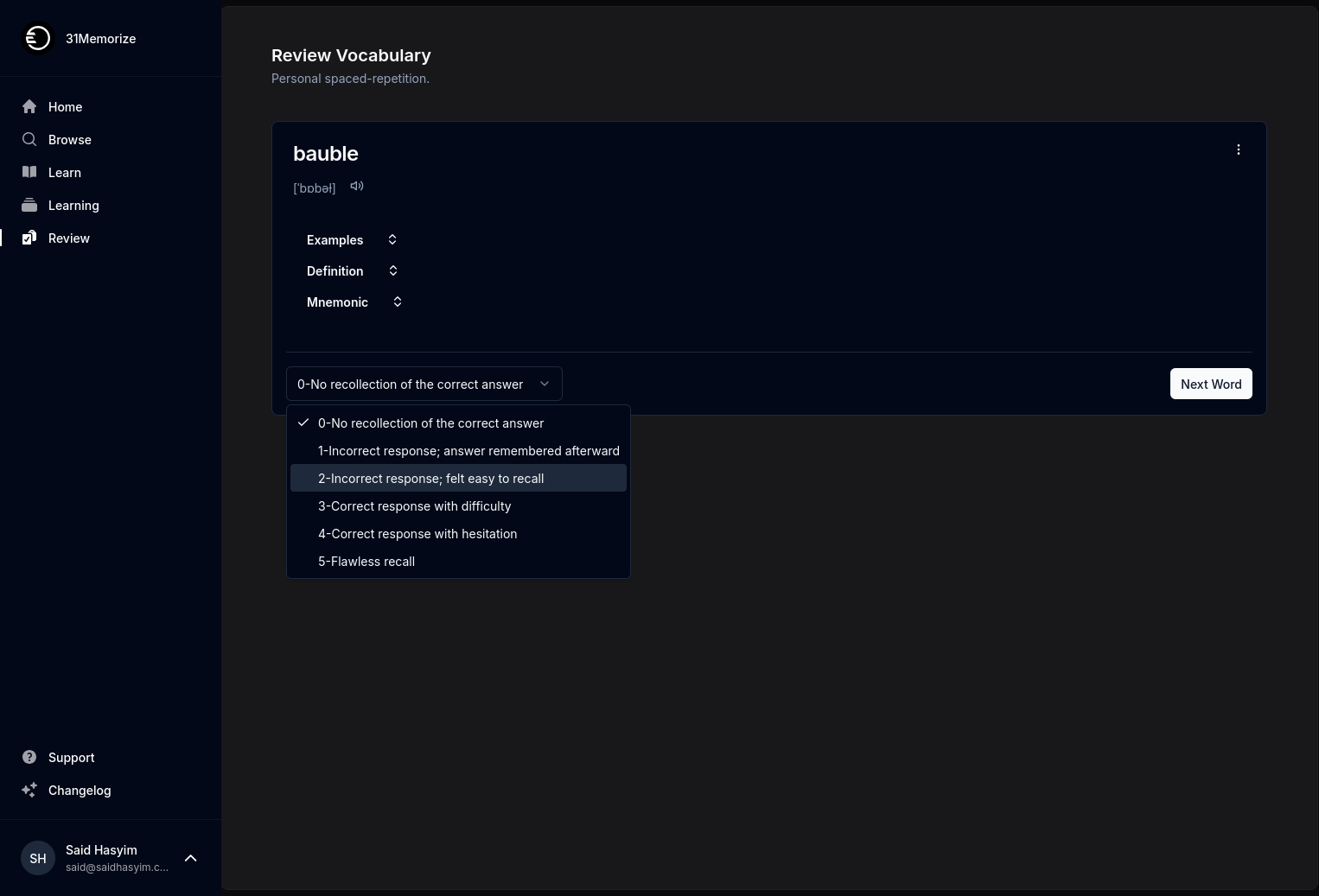Enhancing Author Success with Review Analytics
In the ever-evolving landscape of publishing, gaining reader feedback through reviews has become essential for authors looking to enhance their success. Authors often find themselves inundated with responses from readers, and understanding these is crucial in shaping future works and marketing strategies. In this blog post, we’ll delve into how review analytics can be a game-changer for authors—turning mere feedback into actionable insights that enhance their craft, increase readership, and ultimately, elevate their success.
Understanding Review Analytics
Review analytics involves compiling and interpreting data gathered from reader reviews. This data can include ratings, textual feedback, sentiment analysis, and more. With the burgeoning nature of online platforms, reviews can come from various sources: bookstores, social media, blogs, and dedicated literary review sites.
As authors, embracing analytics allows them to step beyond traditional insights and grasp a comprehensive understanding of their audience's perceptions, preferences, and behaviors.
The Importance of Reviews in the Publishing Industry
Before diving into how to maximize these insights, let’s briefly examine why reviews hold such substantial weight in the publishing industry:
Reader Trust: Reviews provide social proof. Potential readers often rely on the opinions of others before deciding to invest time and money in a book.
Visibility: Platforms like Amazon and Goodreads often prioritize highly-rated books in their algorithms. Thus, positive reviews can lead to increased visibility and sales.
Author Reputation: Consistent reviews can help establish an author’s credibility, showcasing their ability to connect with readers.
Reader Engagement: Reviews serve as a conversation between authors and readers, opening up pathways for engagement and community-building.
Deriving Insights from Review Analytics
The process of review analytics can be broken down into several key areas from which authors can derive tremendous insights.
1. Analyze Ratings and Trends
By examining the star ratings given by readers over time, authors can identify trends in reader satisfaction.
Identify Patterns: Using a timeline, authors can correlate ratings with specific book releases, marketing campaigns, or even external events. This can reveal how external factors influence reader perception.
Tracking Progress: Over time, authors can gauge whether their writing and storytelling have improved based on reader ratings.
2. Sentiment Analysis
While ratings give a quantitative insight, textual reviews provide qualitative feedback. Sentiment analysis can categorize reader emotions behind the reviews—positive, negative, or neutral.
Common Themes: Authors can identify recurring themes—do readers appreciate the character development? Is the pacing too fast? Are the dialogues natural? This feedback is invaluable for refining future projects.
Address Negative Feedback: Delving into negative reviews might feel uncomfortable, but understanding the criticism can lead to significant improvements.
3. Reader Demographics and Preferences
Review analytics isn’t just about what is written; it can also involve who is writing it. Analyzing the demographics of reviewers—such as age, gender, location, and reading habits—can shed light on who is connecting with your work.
Targeted Marketing: Knowing your audience will help craft targeted marketing strategies, leading to increased engagement.
Genre Trends: Understanding which genres or themes resonate more can inform future writing decisions.
4. Competitive Analysis
Review analytics can also extend to competitors. By comparing your reviews to those of similar authors or titles, you can identify what strengths or weaknesses your work has relative to the competition.
- Learning Opportunities: Gauge what elements from high-rated books in your genre resonate with readers. This understanding can inspire you to blend successful elements while retaining your unique voice.
5. Engaging with Readers
Finally, leveraging review analytics can foster author-reader relationships. Responding to reviews—both positive and negative—can establish an emotional connection with your audience.
Building Community: Engaging in discussions about reviews can help foster a sense of community and garner loyal readers.
Feedback Loop: Requesting reader feedback on social media or through newsletters encourages ongoing dialogue, enabling authors to improve while maintaining reader interest.
Implementing Review Analytics
Here are some practical tips for authors looking to implement review analytics effectively:
Organize Your Reviews: Utilize spreadsheets or dedicated tools to track ratings, comments, and author responses.
Be Open-Minded: Approach negative reviews with a constructive mindset. They are opportunities for growth rather than personal attacks.
Conduct Regular Analysis: Set regular intervals (monthly, quarterly) to review and analyze feedback. This ensures ongoing improvement.
Combine Data: Pair review analytics with other data sources like sales, social media engagement, and newsletter metrics for a fuller picture.
Stay Informed: Keep up-to-date with trends in analytics and reader preferences. Attending workshops or engaging with communities focused on authorship can provide valuable insights.
Conclusion
In today’s competitive literary market, harnessing review analytics offers an unmatched opportunity to refine your work and connect with your audience deeply. By making data-driven decisions from the feedback received, authors can continually evolve their craft, strengthen their marketing efforts, and enhance their relationships with readers.
Enhancing author success is not merely a matter of luck but a strategic approach built on understanding. Embracing review analytics could be the key to unlocking your full potential as an author. Happy writing!
